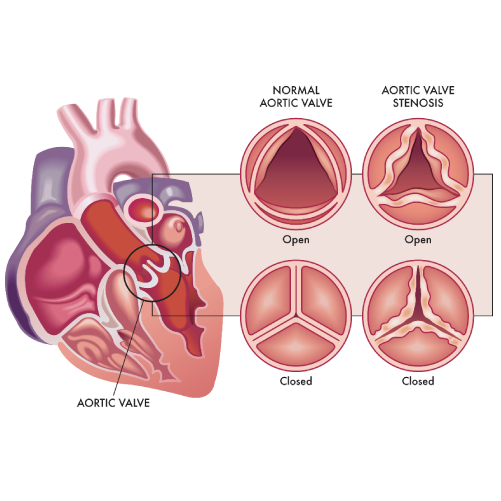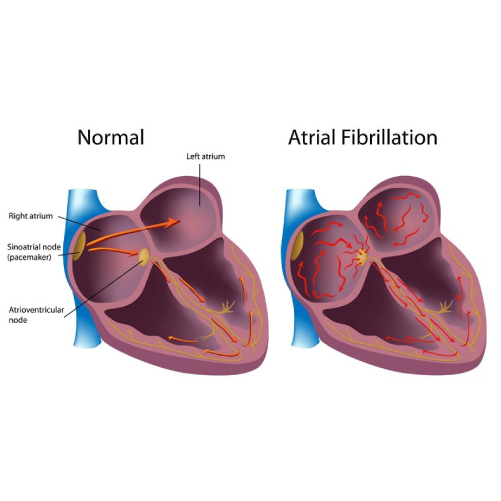Exploring the TAVR Corner: A Closer Look at the Hydra Valve Advancements


Transcatheter Aortic Valve Replacement (TAVR) has revolutionized the landscape of cardiovascular interventions, providing a less invasive alternative to traditional open-heart surgery for treating aortic valve stenosis. Among the recent advancements in TAVR technology, the Hydra Valve has emerged as a noteworthy innovation, promising enhanced precision and improved patient outcomes.
This article provides an in-depth exploration of the TAVR corner, focusing on the intricacies of the Hydra Valve and its potential impact on the future of cardiac care.
Understanding TAVR
TAVR is a groundbreaking procedure that involves replacing a narrowed aortic valve using a catheter-based approach, eliminating the need for open-heart surgery. This minimally invasive technique is particularly beneficial for patients considered high-risk or inoperable for traditional surgical interventions. The evolution of TAVR technology has seen continuous improvements, with the Hydra Valve standing out as a cutting-edge development.
The Hydra Valve Innovation
The Hydra Valve represents a paradigm shift in TAVR technology, incorporating several key features designed to address challenges associated with traditional valves. The design of the Hydra Valve draws inspiration from the mythical creature Hydra, incorporating multifaceted elements for optimal functionality.
Multileaflet Design
The Hydra Valve features a sophisticated multi-leaflet design, closely resembling the natural anatomy of the aortic valve. This design not only ensures efficient blood flow but also minimizes the risk of complications such as regurgitation, setting a new standard for valve performance.
Adaptive Sizing Technology
One of the standout features of the Hydra Valve is its adaptive sizing technology. Unlike fixed-size valves, the Hydra Valve can dynamically adjust its dimensions based on the patient’s unique anatomy. This adaptability contributes to a more customized and precise implantation, ultimately improving procedural success rates.
Hybrid Delivery System
The Hydra Valve introduces a hybrid delivery system that combines the strengths of both balloon-expandable and self-expanding systems. This innovative approach provides interventional cardiologists with greater control during deployment, ensuring accurate placement and reducing the risk of malposition.
Biocompatible Materials
A critical aspect of the Hydra Valve is the use of biocompatible materials. This ensures not only the immediate success of the procedure but also minimizes the risk of long-term complications, emphasizing the commitment to patient safety and well-being.
Clinical Implications
Early clinical studies and trials involving the Hydra Valve have demonstrated promising results. Improved hemodynamics, reduced paravalvular leaks, and enhanced durability are among the positive outcomes reported. These findings underscore the potential of the Hydra Valve to elevate the standard of care in aortic valve replacement procedures.
Patient-Centric Benefits
Patients undergoing TAVR with the Hydra Valve may experience a range of benefits. These include shorter recovery times, reduced postoperative complications, and an overall improvement in quality of life. The adaptability of the Hydra Valve to individual anatomies is a crucial factor in achieving better patient outcomes.
Challenges and Future Directions
While the Hydra Valve shows great promise, ongoing research endeavors aim to address potential challenges and further refine the technology. Long-term studies are essential to assess the durability and sustained performance of the Hydra Valve over extended periods, ensuring its viability as a long-term solution.
Conclusion
In the dynamic realm of TAVR, the Hydra Valve stands as a beacon of innovation and progress. Its multifaceted design, adaptive technology, and patient-centric approach mark a significant leap forward in the field of cardiovascular interventions. As the Hydra Valve continues to undergo scrutiny and refinement, it holds the potential to redefine the landscape of aortic valve replacement, ushering in a new era of precision, safety, and improved patient outcomes.
Dr. C Raghu is a renowned heart specialist in Hyderabad who specializes in interventional cardiology. If you or anyone you know has been diagnosed with aortic stenosis and is looking for proper treatment, reach out to Dr. Raghu today.
Book Online Consultaion
Exploring the TAVR Corner: A Closer Look at the Hydra Valve Advancements
Subscribe the Hearty Life Blogs

DR. RAGHU | Best Cardiologist in Hyderabad
Cardiology Coronary, Vascular and
Structural Interventions
Conditions & Diseases

Angioplasty

Aortic Stenosis

Atrial Fibrillation






